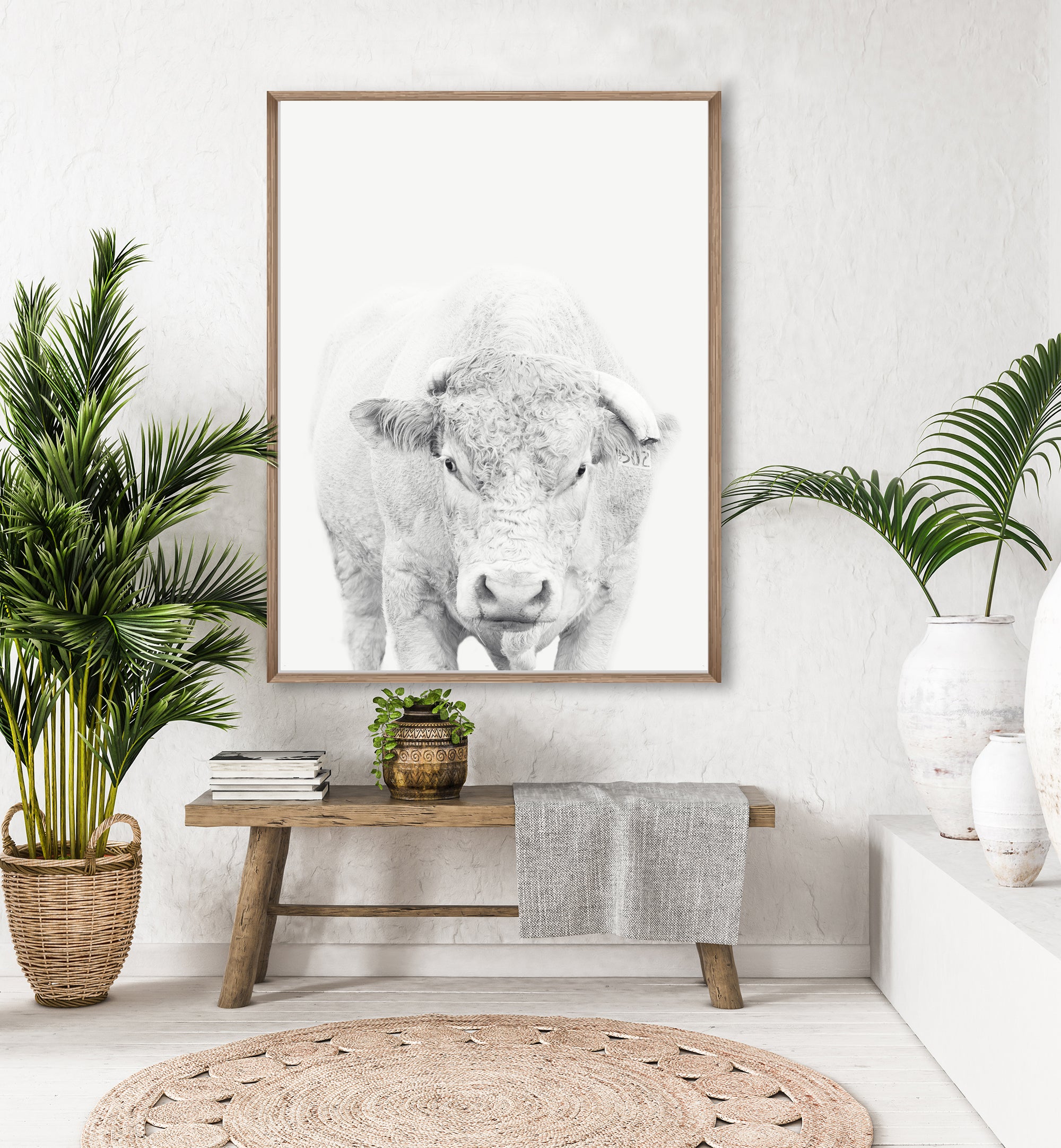I often get asked from customers if it is ok to place their print in direct sunlight. This means you can pretty much see the sun beaming down on your print for most of the day.
I don't want your prints to fade away. Fading, discolouration and even damage of any coloured surface can be a problem if proper care and precautions are not taken. There are two main influences we should look at: external and internal.
External Elements that Can Harm Prints
Any light can affect a print, but especially direct sun light, which contains harmful UV rays that overtime can cause colours to lose their vibrancy to actually changing the colours. But this is something we can easily control. Try to keep your prints away from direct sunlight where possible. For example, if you know the sun beams down on your print for most of the day, eventually this is going to have a negative result to your print. It is almost impossible to block all UV rays since some level will likely be present but the potential of those having a negative affect are likely not to be noticed for many years and since we use archival fine art paper, this is also going to help prevent this.
Another helpful solution is to use a frame glass / glazing that has UV inhibitors that help block the UV rays. Our Acrylic frames do offer some UV protection, and our canvas prints are sprayed with a museum grade lacquer , that protects against moisture, abrasion and UV damage).
I also wanted to mention handling. Improper handling can include scratches to even fingerprints. It is always recommended (especially for darker prints), you use cotton gloves to unroll your print, if you are framing yourself. Never attempt to re-roll your print up. Once you take it out, it is best to frame it straight away, this eliminates the potential to damage your print. It is recommended for the darker to prints, to have a professional framer unroll and frame the print straight away, or purchase your print already framed.
Internal Elements that Can Harm Prints
Internal conditions primarily are going to be the result of the paper or canvas and inks. Have you noticed all your old family photos have discoloured or faded away? All this time I thought I had beautiful Auburn coloured hair when I was a toddler. But I have since learnt from my mum that I just had mousy brown hair and that the print colour had actually changed. This is most likely because they were printed on the standard lustre glossy print and was not archival. For instance a paper that is not archival may be too acidic causing the materials to break down quickly over time as well as affect the colour pigments and the inks may also fade pretty quickly.
Fortunately the inks, fine art papers and canvas we use at By The Horns are archival grade so prints of this nature are not going to see the effects of time at the same rate.
Ultimately archival grade materials are archival because they can better withstand some of the external conditions, most specifically light. The inks will have UV inhibitors and the papers will not have bleaching agents or utilise more advanced bleaching agents to keep the surface from yellowing.








